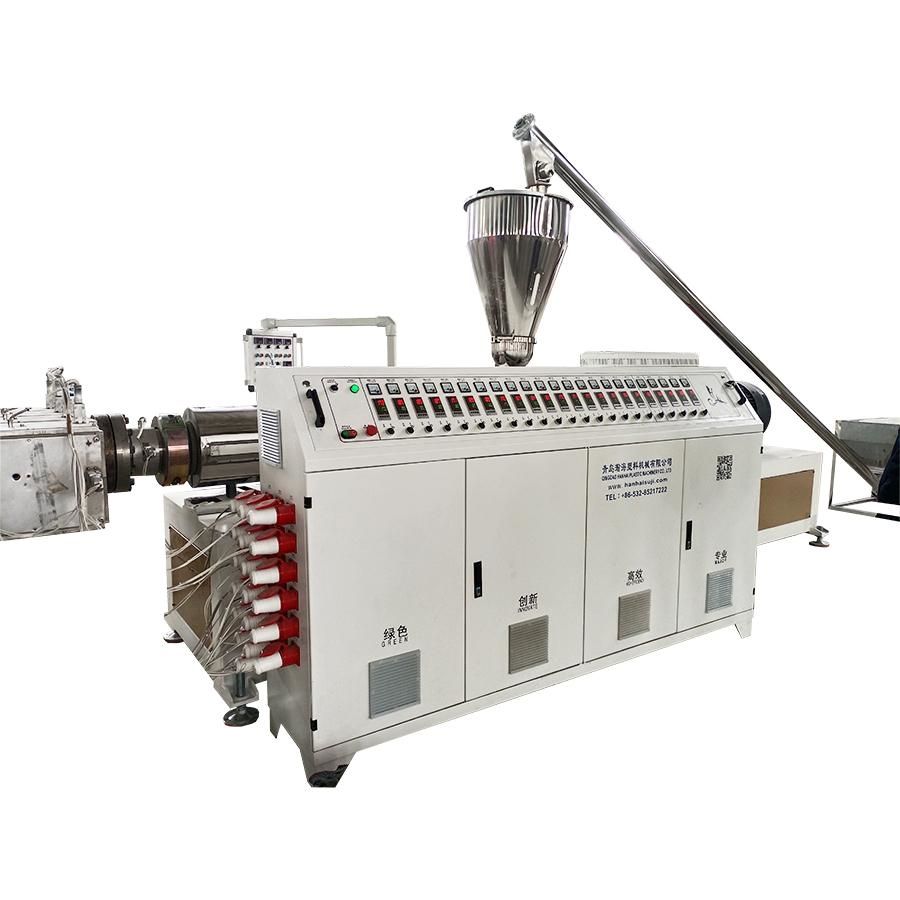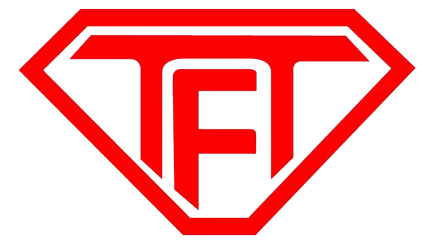Conical twin-screw extruders are divided into: conical co-rotating twin-screw extruders and conical counter-rotating twin-screw extruders.

When the conical co-phase twin-screw extruder is working, the two screws rotate in the same direction.
The difference between it and the conical counter-rotating twin-screw extruder is that an intermediate gear is added in the distribution box to achieve the effect that the two screws rotate in the same direction. It can largely meet the requirements of material processing.
The main parameters of the twin-screw extruder
1. The nominal diameter of the screw. The nominal diameter of the screw refers to the outer diameter of the screw, in mm. For variable-diameter (or tapered) screws, the screw diameter is a variable value, generally represented by small diameter and large diameter, such as: 65/130. The larger the diameter of the twin-screw, the greater the processing capacity of the machine.
2. The aspect ratio of the screw. The aspect ratio of the screw refers to the ratio of the effective length to the outer diameter of the screw. Generally, the aspect ratio of the integral twin-screw extruder is between 7-18. For combined twin-screw extruders, the aspect ratio is variable. From the perspective of development, the aspect ratio has a tendency to gradually increase.
3. The steering of the screw. The steering of the screw can be divided into the same direction and the opposite direction. Generally, co-rotating twin-screw extruders are mostly used for mixing materials, and counter-rotating extruders are mostly used for extruding products.
4. The speed range of the screw. The speed range of the screw refers to the range between the low speed of the screw and the high speed (permissible value). The co-rotating twin-screw extruder can rotate at high speed, and the general speed of the counter-rotating extruder is only 0-40r/min.
5. Drive power. Drive power refers to the power of the motor that drives the screw, and the unit is kw.
6. Output. Output refers to the amount of material extruded per hour, and the unit is kg/h.
Post time: Mar-23-2023











